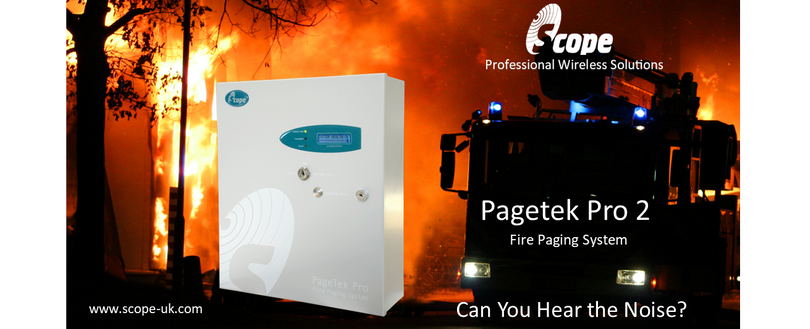
When the Sound of Fire is Silence
Like it? Share it!
06 December 2021
With over 11 million deaf or hard of hearing people living in the UK, the need for fire systems to provide a means of alerting the deaf other than by conventional sounders is paramount and recognised in the law (Disability Discrimination Act 1995 and the Equality Act 2010). Visual solutions, including beacons and message displays, can be effective in public areas, although logistically challenging if trying to cover large factories, school & university campuses, or other large buildings. Risk assessments will require coverage in all rooms, including restrooms and guest bedrooms, which present further challenges, with visual indicators unlikely to rouse the somnambulant room occupier.
To complicate matters further, back in the heady days of the noughties when a plethora of paging system manufacturers were proposing radio-based solutions to these challenges, there were no standards to cover the operational requirements of such systems, despite their many advantages. The confusion led to system specifiers asking for compliance with BS 5839-1, which was not technically possible for a radio paging system designed primarily to provide mobile message alerts. Inspired to design a robust and fire-focussed solution, Scope participated in the industry consultation with BSI in 2004 which finally resulted in the introduction of paragraph 18 and Annex C to BS 5839-1, covering Fire alarm warnings for people who are Deaf and hard of hearing.
Since 2004, Scope has built up a range of wireless solutions to assist in meeting these challenges. A tactile and visual alert from a wireless pocket pager provides a flexible solution with minimal disruption to the existing fabric of the building, allowing the user to roam without restriction. Pagers range from multi-line text devices with vibrate alerts through to “smart” two-way pagers with colour-coded message screens, tactile and flashing light alerts, with options for Man Down alarms, Bluetooth and GPS tracking. A nightstand unit and pillow vibrator are also available for bedroom use.
Not content with just meeting the requirements of para. 18 & Annex C of BS 5839-1, Scope has continued to enhance their system with a powerful 2W UHF transmitter module, RS232 data input and optional ethernet connectivity. The control transmission system is self-monitoring with full diagnostics reporting and fault indication provided back to the fire alarm CIE. A robust IP54 steel enclosure, text display and 90-hour battery backup complete the picture.
Scope Communications have been providing radio paging notification systems to the UK Fire industry for over 30 years and have provided technical input for wireless aspects of both National and European standards.
To learn more, visit our website HERE
Related news
Related resources
-
Euralarm-FAQs-re-Environmental-Product-Declarations-EPDs.pdf 1
27 November 2025
-
Memorandum of Association
01 September 2022
-
April 2021 - Six Employment Law Changes.pdf
09 April 2021
